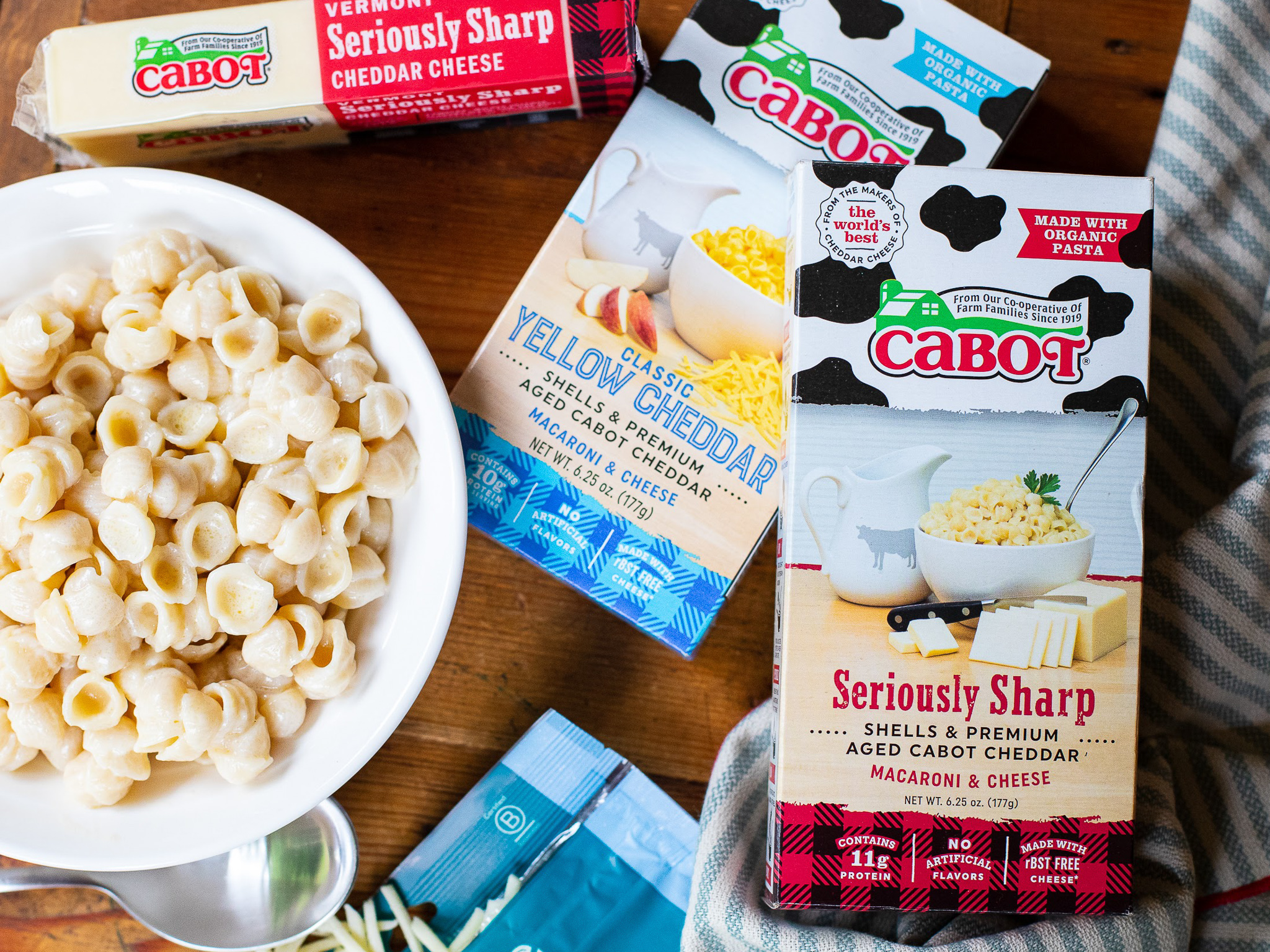
Cabot Mac and Cheese Recipe for Rich and Creamy Comfort Food
This quintessential comfort food transforms simple ingredients into a creamy, tangy indulgence. A symphony of sharp cheddar and perfectly cooked pasta creates a dish that is both satisfying and deeply flavorful. Its rich, velvety texture makes it an instant classic, perfect for any occasion.
Equipment
- The preparation of "cabot mac and cheese" requires only a few standard kitchen tools, ensuring accessibility for all cooks:
- Large pot for cooking pasta
- Medium saucepan (for making cheese sauce)
- Cheese Grater
- Whisk
- Wooden Spoon or Spatula
- Measuring cups and spoons
Ingredients
- 1 pound elbow macaroni
- 1/2 cup unsalted butter
- 1/2 cup all-purpose flour
- 3 cups whole milk
- 4 cups (16 ounces) shredded Cabot sharp cheddar cheese
- 1/2 teaspoon salt
- 1/4 teaspoon black pepper
- Optional: 1/4 teaspoon smoked paprika
Instructions
- Step 1: Cook the Pasta: Bring a large pot of salted water to a boil. Add the elbow macaroni and cook according to package directions until al dente. Drain the pasta and set aside. It's important not to overcook the macaroni, as it will continue to soften in the cheese sauce.
- Step 2: Prepare the Roux: In the same pot (now empty), melt the butter over medium heat. Whisk in the flour until smooth, forming a roux. Cook for about 1 minute, stirring constantly, to eliminate any raw flour taste.
- Step 3: Create the Cheese Sauce: Gradually whisk in the milk, ensuring no lumps form. Continue stirring until the sauce thickens slightly, about 5-7 minutes. Reduce the heat to low and stir in the shredded Cabot sharp cheddar cheese, salt, pepper, and optional smoked paprika. Stir until the cheese is completely melted and the sauce is smooth.
- Step 4: Combine Pasta and Sauce: Add the cooked macaroni to the cheese sauce and stir gently until the pasta is evenly coated. Heat through for another minute or two, allowing the flavors to meld.
- Step 5: Serve and Enjoy: Serve immediately while hot and creamy. This "cabot mac and cheese" is best enjoyed fresh, allowing the flavors and textures to be at their peak. Optional Tip: For a richer flavor, try using a combination of Cabot sharp cheddar and extra sharp cheddar. A sprinkle of breadcrumbs and a quick bake under the broiler can add a delightful crispy topping.
Notes
Variations
The versatility of “cabot mac and cheese” allows for numerous adaptations to suit various tastes and dietary needs:
- Ingredient Swaps: The core recipe can be enhanced by substituting ingredients. For instance, swapping regular milk with evaporated milk can lead to a richer sauce. Different pasta shapes, such as shells or rotini, offer unique textures. Other cheeses, such as Cabot’s Pepper Jack or Gruyere, can be combined with the sharp cheddar for a more complex flavor profile.
- Regional Twists: Adapting the recipe to reflect regional tastes can yield exciting results. Incorporating chopped green chilies and Monterey Jack cheese introduces a Southwestern flair. Adding lobster meat elevates the dish to a luxurious New England-inspired creation. A sprinkle of herbes de Provence and a touch of Dijon mustard lends a French influence.
- Dietary Adjustments: Making the recipe gluten-free is as simple as substituting gluten-free pasta and using a gluten-free all-purpose flour blend for the roux. A dairy-free version can be achieved by using plant-based milk and vegan butter substitutes. For a lighter option, a portion of the cheese can be replaced with pureed butternut squash, adding both creaminess and nutritional value.
Serving Suggestions
“cabot mac and cheese” is incredibly versatile, fitting seamlessly into various dining occasions:
- Serve as a comforting main course, especially on colder evenings.
- Offer as a side dish alongside grilled meats, roasted vegetables, or a crisp salad.
- Elevate the dish by topping with toasted breadcrumbs, crispy bacon, or a sprinkle of fresh herbs like parsley or chives.
- Pair it with complementary beverages such as a light-bodied red wine, a crisp white wine, or a refreshing glass of iced tea.
Storage Tips
Proper storage preserves the quality and flavor of leftover “cabot mac and cheese”:
- Allow the mac and cheese to cool completely before storing.
- Transfer the cooled mac and cheese to an airtight container.
- Refrigerate for up to 3-4 days.
- To reheat, add a splash of milk to restore creaminess. Microwave in short intervals, stirring in between, or reheat in a saucepan over low heat.
- Freezing is not recommended, as the texture of the sauce may change upon thawing.
Frequently Asked Questions
- Question 1: Can I use pre-shredded cheese?
Answer: While convenient, pre-shredded cheese often contains cellulose, which can prevent it from melting as smoothly as freshly grated cheese. Freshly grated cheese is highly recommended for the best texture. - Question 2: What can I do if my cheese sauce is too thick?
Answer: Gradually whisk in additional milk, one tablespoon at a time, until the sauce reaches the desired consistency. - Question 3: Can I add other cheeses to the recipe?
Answer: Absolutely. A combination of Cabot sharp cheddar with Gruyere, Fontina, or Gouda can add depth and complexity to the flavor profile. - Question 4: How can I prevent the pasta from sticking together after draining?
Answer: Toss the drained pasta with a small amount of butter or olive oil to prevent sticking. - Question 5: Can I make this recipe ahead of time?
Answer: The cheese sauce can be made a day in advance and stored in the refrigerator. When ready to serve, cook the pasta and combine with the reheated cheese sauce.